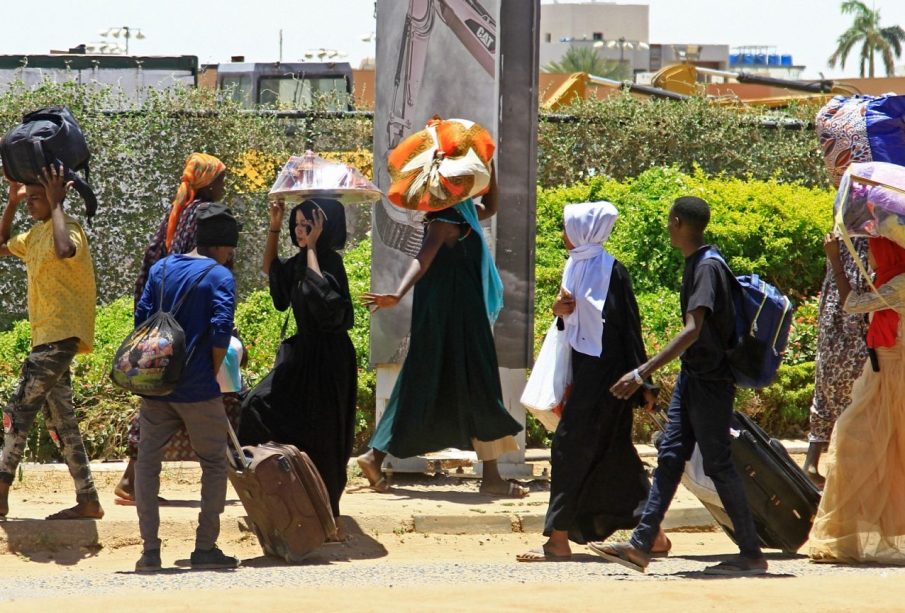Understanding the Current Crisis in Sudan

Introduction
The ongoing turmoil in Sudan has escalated into a significant humanitarian crisis, attracting global attention. As internal conflicts rage and political instability deepens, the relevance of understanding Sudan’s current situation cannot be understated. Thousands of innocent lives are at stake, and international responses are crucial in addressing this complex dilemma.
Recent Developments
In October 2023, the situation in Sudan reached a critical juncture as clashes broke out between rival military factions, leading to widespread devastation. The armed conflict has displaced over 2 million people, according to the United Nations, with many fleeing to neighbouring countries such as Chad and South Sudan. Reports indicate that the violence intensified following the breakdown of ceasefire negotiations, plunging the nation further into chaos.
Humanitarian organisations are struggling to provide assistance amid deteriorating conditions. Food and medical supplies are scarce, with many families facing starvation. The World Food Programme has warned that 9 million Sudanese citizens are projected to experience severe food insecurity by early 2024 if immediate action is not taken. Furthermore, hospitals in conflict zones have been overwhelmed, facing a critical shortage of staff and resources to treat the injured.
International Response
The international community has responded with a mix of concern and action. The African Union and the United Nations are discussing potential interventions, urging both sides to negotiate a ceasefire. However, efforts have been hampered by deep-seated mistrust and the complexity of Sudan’s political landscape, which is marred by decades of civil unrest and power struggles.
Additionally, many nations are contemplating the imposition of sanctions on those responsible for the violence, while humanitarian aid is being mobilised to reach those in desperate need. In a recent press conference, the UN Secretary-General called for a coordinated global effort to restore peace, emphasising the urgency of the situation.
Conclusion
As the crisis in Sudan continues to unfold, its implications extend beyond the borders of the nation, with potential regional instability on the horizon. The international community must act decisively to address the humanitarian needs and work towards a sustainable resolution to the conflict. For readers, staying informed about Sudan’s situation is crucial, as it highlights the importance of global solidarity in the face of human suffering. The future of Sudan rests not only with its leaders but also with international stakeholders who can assist in forging a path towards peace and recovery.









